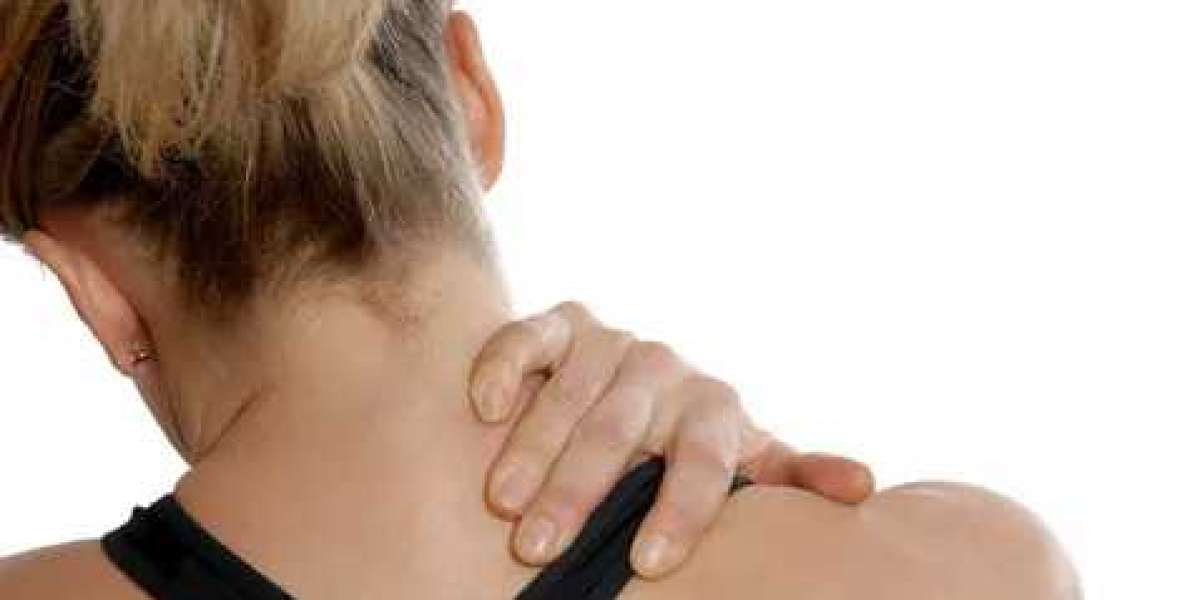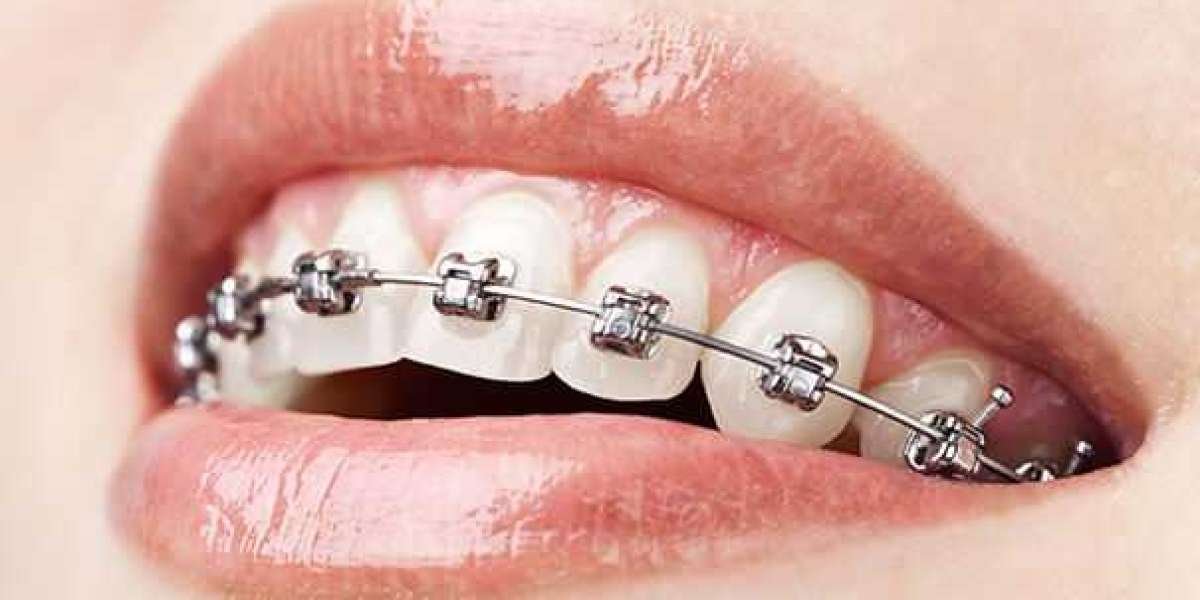Whiplash is a common neck injury caused by a sudden, forceful back-and-forth movement of the neck, often as a result of car accidents, sports injuries, or falls. This injury can lead to significant pain, stiffness, and reduced range of motion in the neck. Managing the pain associated with whiplash is crucial for recovery and regaining normal function. While pain relief medication plays a key role, various treatments and lifestyle adjustments can help alleviate symptoms and promote healing. This article explores practical methods for managing neck pain caused by whiplash.
Understanding Whiplash
Before diving into treatments, it's essential to understand what whiplash is and its common symptoms:
- Neck Pain and Stiffness: The most common symptoms of whiplash include pain and stiffness in the neck, which can range from mild discomfort to severe pain.
- Reduced Range of Motion: Whiplash often limits the ability to move the neck freely, making it difficult to turn the head from side to side or up and down.
- Headaches: Many individuals with whiplash experience headaches, often starting at the base of the skull.
- Shoulder and Arm Pain: Pain can radiate from the neck to the shoulders and arms, sometimes accompanied by tingling or numbness.
- Dizziness and Fatigue: Whiplash can also cause dizziness, fatigue, and a general feeling of being unwell.
Whiplash occurs when the neck is abruptly forced into a rapid back-and-forth motion, causing the soft tissues (muscles and ligaments) to stretch and tear. This injury is most commonly associated with rear-end car collisions but can also result from sports injuries, physical assaults, or falls.
Initial Care and Pain Relief for Whiplash
Immediate care following a whiplash injury can significantly impact the severity and duration of symptoms. Here are some steps to take immediately after experiencing whiplash:
Rest and Immobilize the Neck
In the initial stages following a whiplash injury, it's essential to rest and avoid activities that may worsen the pain. Using a cervical collar or neck brace can help immobilize the neck and provide support, although these should only be used for short periods to avoid weakening the neck muscles.
Apply Ice
Applying ice packs to the neck can help reduce inflammation and numb the pain. Use ice packs for 15-20 minutes at a time, several times a day, especially during the first 48 hours after the injury.
Pain Relief Medication
Over-the-counter pain relief medication such as ibuprofen or acetaminophen can help manage pain and reduce inflammation. These medications can be particularly effective in the first few days following the injury. Follow the dosage instructions on the packaging and consult a healthcare professional if needed.
Medical Treatments for Whiplash
If symptoms persist or worsen, medical intervention may be necessary. Healthcare providers can offer various treatments to alleviate pain and promote healing:
Prescription Medications
For severe pain, a healthcare provider may prescribe more vital pain relief medication such as muscle relaxants or prescription-strength NSAIDs. These medications can help manage pain and reduce muscle spasms.
Physical Therapy
Physical therapy is often recommended for whiplash patients to restore range of motion and strengthen the neck muscles. A physical therapist can design a personalized exercise program to help improve flexibility, reduce pain, and prevent future injuries.
Chiropractic Care
Chiropractic adjustments can help realign the spine and improve mobility in the neck. A chiropractor can use manual manipulation techniques to relieve pain and promote healing in the affected area.
Massage Therapy
Massage therapy can help relax tense muscles, improve blood flow, and reduce pain in the neck and shoulders. A licensed massage therapist can use various techniques to target specific areas of discomfort and promote overall relaxation.
Heat Therapy
After the initial inflammation has subsided (typically after the first 48 hours), applying heat to the neck can help relax muscles and alleviate pain. Use a warm towel or heating pad, or take warm showers to apply heat to the affected area.
Home Remedies and Self-Care
In addition to professional medical treatments, several home remedies and self-care strategies can help manage whiplash symptoms and promote recovery:
Gentle Stretching
Gentle stretching exercises can help maintain flexibility and reduce stiffness in the neck. Perform neck stretches slowly and avoid any movements that cause pain. A physical therapist can provide specific stretches tailored to your needs.
Ergonomic Adjustments
Making ergonomic adjustments in your workspace can help reduce strain on your neck and promote better posture. Ensure your computer screen is at eye level, use a supportive chair, and take regular breaks to stretch and move around.
Maintain Good Posture
Maintaining good posture throughout the day can help prevent additional strain on your neck. Keep your back straight and shoulders relaxed, and avoid slouching. When sleeping, use a supportive pillow that keeps your neck aligned with your spine.
Stay Active
While rest is essential initially, it's also crucial to stay active and gradually increase your activity levels. Engage in low-impact exercises such as walking or swimming to promote blood flow and aid in the healing process.
Hydration and Nutrition
Staying hydrated and maintaining a balanced diet rich in anti-inflammatory foods can support the healing process. Incorporate plenty of fruits, vegetables, lean proteins, and whole grains into your diet.
When to Seek Medical Attention
While most cases of whiplash improve with conservative treatment, specific symptoms may indicate a more serious condition requiring medical attention:
- Severe Pain: If pain is severe and not relieved by over-the-counter pain relief medication, seek medical advice.
- Neurological Symptoms: Symptoms such as numbness, tingling, or weakness in the arms or legs, or any difficulty with coordination or balance, should be evaluated by a healthcare professional.
- Persistent Symptoms: If symptoms persist for more than a few weeks or worsen over time, consult a healthcare provider for further evaluation and treatment.
Conclusion
Managing whiplash and the associated neck pain requires a comprehensive approach that includes initial care, pain relief medication, medical treatments, and self-care strategies. Quick action following the injury, combined with appropriate professional care and home remedies, can significantly reduce pain and promote recovery. If symptoms persist or worsen, seeking medical attention is crucial to prevent long-term complications and ensure proper healing. By following these guidelines, individuals can effectively manage whiplash symptoms, reduce pain, and regain normal function in their daily lives.













